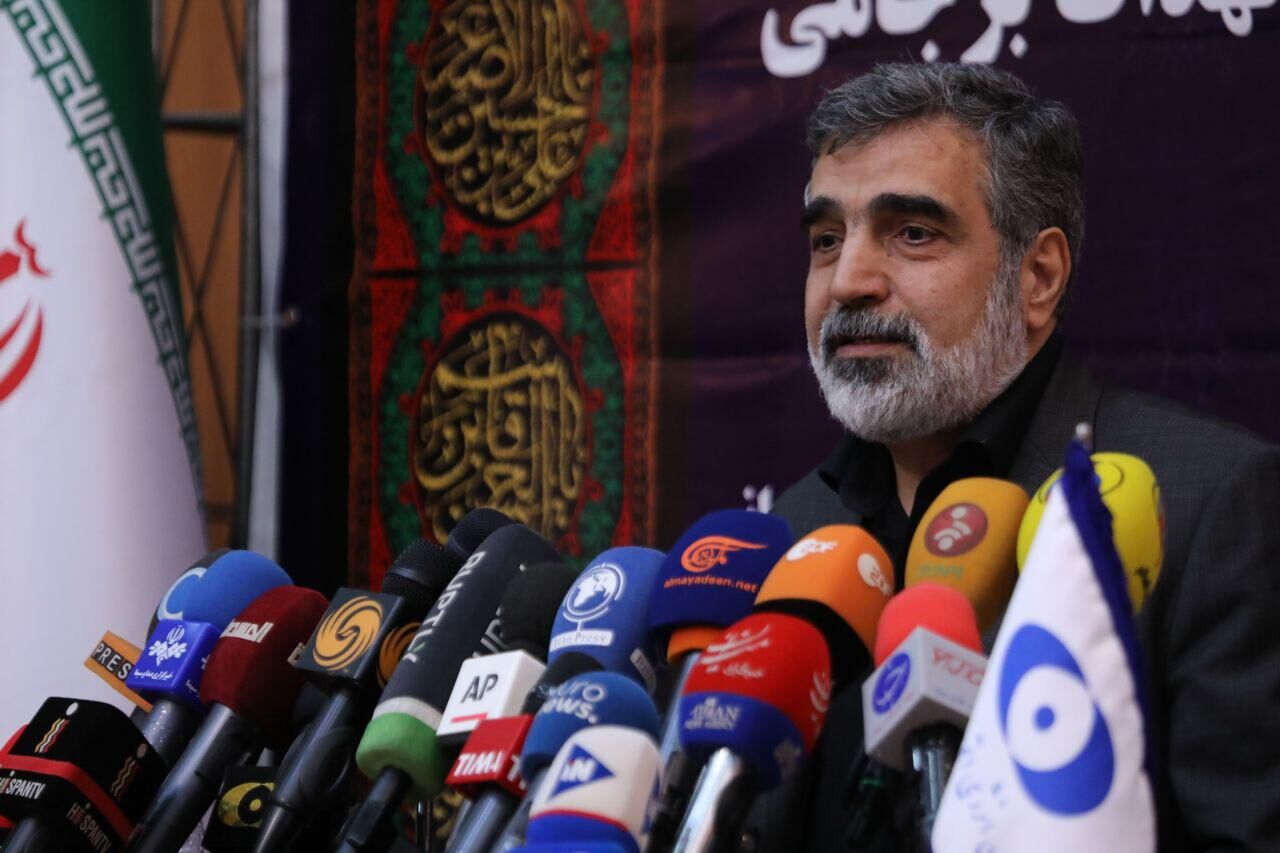Iran has started operating advanced centrifuges to increase its stockpile of enriched uranium, a senior official announced on Saturday, reiterating that the country's decision to reduce compliance with the 2015 nuclear deal is "reversible" if other parties fulfill their promises.
Speaking at a press conference in Tehran, Behrouz Kamalvandi, the spokesman for the Atomic Energy Organization of Iran, said uranium gas injection into IR6 centrifuges has begun, IRNA reported.
He added that 20 IR4-type centrifuges have already become operational and 164 chain machines of IR4 centrifuges will become operational within two months, which will contribute to Tehran's nuclear material accumulation.
Iranian President Hassan Rouhani had earlier said Iran would set aside the accord's restrictions on nuclear-related research and development, and expand its use of advanced centrifuges.
The deployment of advanced centrifuges is part of the third phase by Tehran in scaling back its commitments under the crumbling nuclear pact, in retaliation for increased pressure by the United States that exited the deal last year and reimposed sanctions on the country.
In two separate moves already, Iran surpassed the stockpile and enrichment level limits set by the deal, and has vowed further measures unless the European signatories find a way for it to sell its crude oil despite US sanctions and receive revenues.
The agreement capped the number of centrifuge enrichment machines installed in Iran at roughly 6,000, down from around 19,000 before 2015, according to Reuters.
It allows Iran to refine uranium only with first-generation IR-1 centrifuges and to use small numbers of more advanced centrifuges solely for research, but without stockpiling enriched uranium, for a period of 10 years.
No Plan for 20% Enrichment
Kamalvandi said Tehran could revert back to the terms of the accord if Europe fulfills its obligations and acts more decisively to shield the Iranian economy. However, he warned that the European governments have little time left to save the nuclear deal.
"If they honor their obligations, we will return to full compliance with the deal. The situation gets more difficult as times goes on. The Europeans should be aware that time is running out. If they want to take action to fulfill their commitments, they should do it as soon as possible."
The spokesman noted that Iran does not need to enrich uranium to 20% at present and "if we decide to do so, we prefer to take one step at a time and build up a sufficient stockpile of 4.5% enriched uranium before moving on to produce 20% enriched uranium."
Tehran is currently enriching uranium to 4.5% purity, above the 3.67% limit set by its deal with major powers.
Before the nuclear agreement, officially known as the Joint Comprehensive Plan of Action, was sealed, Iran produced 20% enriched uranium needed to fuel its Tehran reactor and the level of enrichment for its southern Bushehr Nuclear Power Plant was 5%.
Kamalvandi said Iran has the capacity to enrich uranium beyond 20%, but has no plans to do so at present.
“Tehran will not limit the International Atomic Energy Agency's access to its nuclear sites and will continue to carry out its nuclear activities transparently," he said.


